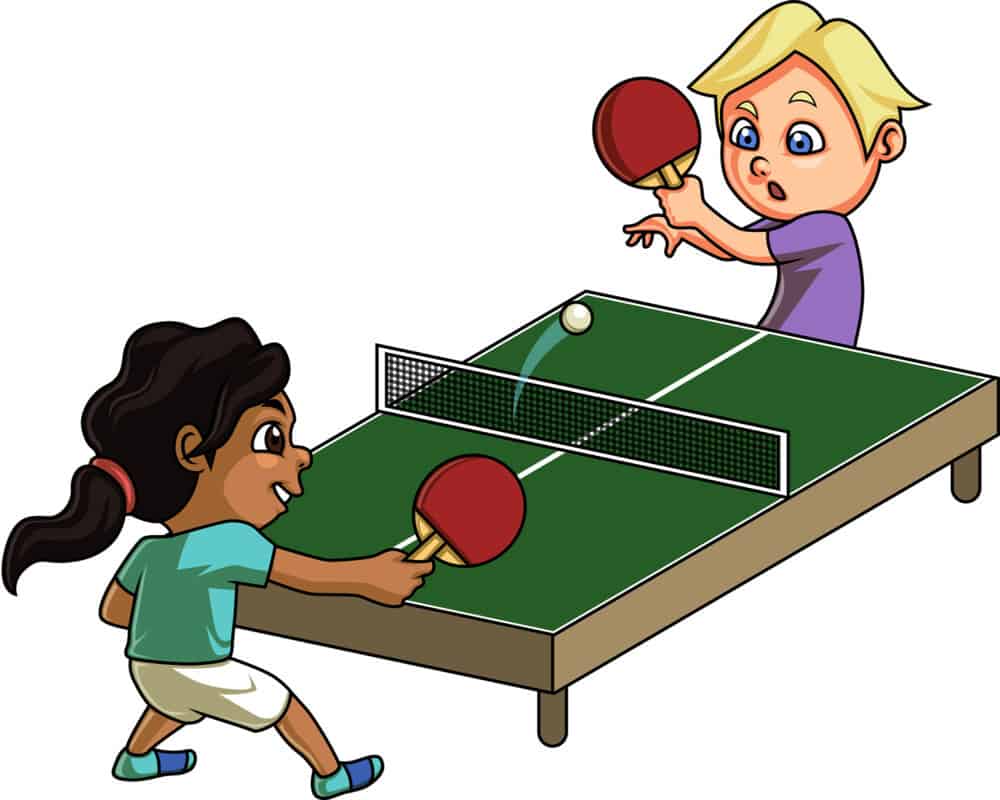When I look back on my own childhood and those of my peers, I am always taken back by how much more freedom we seemed to have in comparison to kids that are growing up now. As a parent, keeping our children safe is always the top priority, and in an effort to do so, navigating the fine line between independence and protection can feel impossible.
With the internet, social media, and video games, deciding how much freedom to give your 10-year-old is quite complicated. This age marks the beginning of your child’s tween years, and it is critical as parents that you provide an appropriate mix of responsibility, freedom, and supervision.
In fact, at 10, your child needs more responsibility, some freedom, and intentional parental guidance to help them develop the skills and character traits needed to develop into confident, capable, and healthy teenagers and adults. It’s vital to know what is developmentally appropriate for your 10-year-old and where more freedom can be beneficial, and in what situations it can be harmful.
Contents
It Is Important To Foster Independence and Confidence In Your 10-Year-Old
There have been countless studies that show the importance of allowing children to have free, independent time. The benefits of unstructured play and increased freedom include a “chance to problem solve, compromise, and communicate with other children across ages and genders.” Critical skills learned on their own help children to make decisions on their own, assess risk, and combat boredom independently.
At the age of 10, there are some fundamental skills and activities that can allow your child to have more freedom in a safe and developmentally appropriate manner. Here are some ways to give your 10-year-old the freedom they crave while also keeping them safe.
Your 10-Year-Old Can Handle Their Self Care Routines

One of the best places to start giving your 10-year-old more independence and freedom is right at home. Small daily choices and tasks no longer need your parental intervention. For example, your 10-year-old should be able to and allowed to handle their morning and evening grooming routines.
Allowing your child to make decisions about things like their clothing and hairstyles fosters their sense of independence. It teaches them the importance of self-care, personal hygiene, and personal presentation.
This also applies to things like bedtime routines and morning routines. By the age of 10 years old, your child should be able to get themselves ready for bed on their own, engage in a pre-bedtime activity unsupervised, and put themselves into bed on time.
Of course, as children, you will still want to remind them when it is time for lights-out, but the majority of the routine should be their responsibility. It is also important to offer them the best sets of tools.
We all know that our kids version of brushing their teeth properly ends up falling short of any set of minimum standards. It can be like a muddy horse running through a sprinkler and then calling them clean.
We have always had our kids use electric toothbrushes to maximize the subpar effort they were likely to exert when we weren’t watching. We use inexpensive brushes like this one from Amazon.
Your 10-Year-Old Can Make Small Financial Choices And Learn About Money
One of the most overlooked skills being taught to our children these days is financial independence and security. Your 10-year-old may already be getting an allowance, receiving cash gifts for birthdays or holidays, or has a digital lunch account at school.

Whether your child has one, or all of these scenarios, this is a prime opportunity to afford your child some freedom and independence while teaching valuable life lessons and skills. At 10, your child is able to start making small purchases on their own and deciding and learning how to spend and save their own money.
For example, at the age of 10, your child should be able to walk around a store or a small mall and pick and choose items for purchase. Feel free to walk slowly behind them, or in an aisle away, and let them figure out what is within their budget, what is worth buying, and what, potentially, they have to still save for.
This type of activity builds confidence, competence, and patience in a 10-year-old.
A 10-Year-Old Should Be Allowed To Have Unsupervised Play Time With Peers
Riding bikes with friends and exploring their environments together offer a variety of benefits to a developing 10-year-old. The caveat here is that the children are outside and in a relatively safe environment.

By riding their bikes around the neighborhood or walking around, children are able to take risks, assess situations, and practice what they have learned over their life. Far too often, play for children is constructed without their ability to make mistakes, make choices, or take risks.
Something as simple as riding their bike around the block can do a lot for a child’s feelings of autonomy, pride, and self-accomplishment. And in the age of technology, they can call for help as they have been taught to do if they need it.
Your 10-Year-Old Still Needs Parental Guidance In Adult Situations
While finding ways to incorporate freedom and independence into your child’s life, it is still critical that as a parent, you remain vigilant when it comes to the overwhelming amount of adult situations and unmonitored access to technology.
This also goes for interpersonal relationships with other kids and especially setting clear boundaries on how they interact with the authority of the adults in their lives. For more on how kids should interact with parents and other adults see my husband’s article on the use of ‘yes sir’ and ‘yes ma’am’ as a way to teach respect.
Most 10-year-olds crave independence and are on their way to maturing, but will undoubtedly need parental input and assistance to help them navigate the complex world around them and to help them make responsible and mature decisions. Their natural curiosity and desire to grow up can make it difficult for them to make these decisions independently.
Monitoring Your 10-Year-Old’s Internet Use Is Vital
Unlike when we were growing up, by the time a child is ten years old nowadays, they are utilizing and relying heavily on technology and the internet to do everything from socializing with friends to completing homework.
While it may seem like your child is a tech-savvy and capable user, he is still too young to have unfiltered and unsupervised use of things like YouTube and internet-connected video gameplay. The main reason for this is their potential exposure to adult content, as well as predatory behavior.
YouTube’s comment sections can contain wildly disturbing comments that are inappropriate for a young child to read and misunderstand. Video games connected to the internet allow your child to speak in real-time with strangers from all over the world, opening the door to exposure to not only adult language and content but a host of potential predatory behaviors.
Staying Involved In Your Child’s Friendships Is More Important Than Ever
While there is a fine line between being intrusive and involved, it is important to remember that during the tween years, there are a lot of confusing, complex, and mature issues that will start to arise in their relationships. Your 10-year-old will need you there to help navigate and understand the relationships around them and to help them mature into healthy, well-adjusted teenagers.
Allowing your child to have free, unstructured play with friends is a vital part of their development, but you must remember to make the distinction between unstructured and unsupervised. It may seem as though as they get older, you can leave them alone for longer periods of time. In fact, at the age of 10, your involvement is more critical than ever.
As your children and their friend enter their tween years, they will inevitably be at different maturity levels and have varying levels of freedom and exposure at home. This makes it critical that you monitor your child’s interactions with other children, address issues as they arise, and help them make responsible, informed decisions.
Without this kind of supervision related to who is around your kids, children could be at risk in the neighborhood or even at school.
Your 10-Year-Old Is Starting To Mature, But Remember He or She Is Still A Child
One of the most important things you can do when raising your 10-year-old is to trust your instincts as a parent. As important as it is to introduce opportunities for independence and freedom, it is equally critical that you stay involved and engaged in your 10-year-old’s activities, friends, and life.
We shouldn’t as parents believe our kids can change the world and allow them in situations that could be over their heads at their stage in life. It is more often than not, that they are changed by the world around them.
